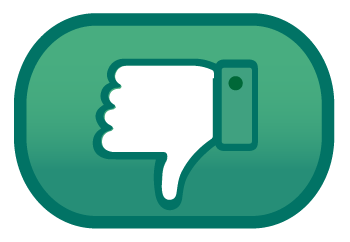If you recently experienced a sexual assault, you may want to consider a Sexual Assault Forensic Exam (SAFE). A SAFE is a physical examination to collect evidence from your body and clothes after a sexual assault. SAFEs are helpful for survivors who may want to pursue legal action against their perpetrator now or in the future.
There is no one answer or path toward healing for survivors of sexual assault. If you want to learn more about whether a SAFE is right for you, contact your Sexual Assault Response Coordinator (SARC) or reach out to Safe Helpline via our Telephone Helpline or Online Helpline.
Safe Helpline designed a short, animated video with information about SAFEs to help answer some of the questions you might have.
When can I get a SAFE?
SAFE exams are most effective when completed within three days of unwanted sexual contact, but evidence can be collected after that timeframe. To save as much evidence as possible, try to avoid taking a shower, changing your clothes, eating, drinking, brushing your teeth, combing your hair, or using the bathroom. If you have done any of these activities, it’s okay. You can still get an exam.
Do I have to make a report?
If you choose to proceed with a SAFE, you must select a type of report. There are two types of reports: an Unrestricted Report that will prompt an investigation and a Restricted Report that will not. To learn more about reporting options, click here.
What happens during a SAFE?
At the beginning of a SAFE, the Sexual Assault Medical Forensic Examiner, or SAMFE, will ask questions about what happened so they know what to look for. They will also ask questions about any sexual activity prior to what happened to understand if the evidence collected is related to what happened.
With your consent, the SAMFE will then perform a physical exam to assess for injuries. The exam may include taking photos, swabbing or combing areas of your body, and performing a pelvic exam. It may take several hours to carefully gather and label all the evidence. After the exam is over, the evidence is stored in a safe place.
What is the role of a SARC and SAPR VA?
If you choose to have an exam, you can ask to have a Sexual Assault Prevention & Response Victim Advocate, also called a SAPR VA, or friend with you in the room or waiting outside. Your SARC and SAPR VA can discuss reporting options as well as other legal, medical, or mental health resources available to you. To find the phone number of your SARC, you can search by zip code or base name in the Responders Near Me database. Safe Helpline staff can also help you directly connect to your SARC via the Telephone Helpline at 877-995-5247.
Considering if a SAFE is right for you may be overwhelming. You are not alone; Safe Helpline is available 24/7 to provide support and help connect you with the appropriate resources.


